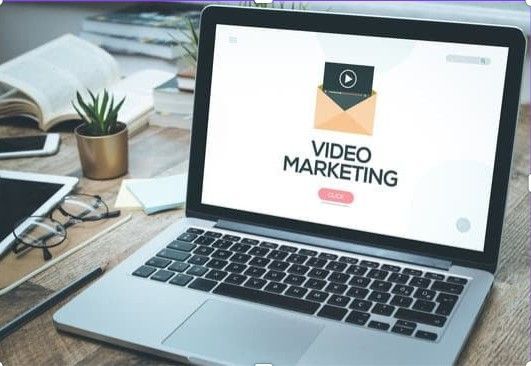If you’re like many of the business owners I talk to, social media marketing feels overwhelming. And it often feels like you’re spinning your wheels — doing a lot of activity across many channels with little to show for it.
Don’t worry, you’re not alone, it’s a common frustration.
Luckily, a lot of this frustration can be alleviated by busting a few common social media marketing
myths when it comes to myths vs reality.
Ultimately, social media should allow you to generate awareness, engagement, and action for your business that you wouldn’t have gotten otherwise.
You should reserve your business name on the important social channels so you have it. But you don’t have to be active everywhere. That’s why we recommend starting with one channel that makes sense for your business.
Ideally, choose a primary social channel based on the clients you’re trying to reach. Also, consider what channel you’re most comfortable using and how it fits with the personality of your business.
Myth #1: Social media is for selling
If you’re expecting client conversions straight from a social media posting, you’re going to be sorely disappointed.
Think about this for a second: You’re expecting someone to make a final decision based on hashtags and hyperlinks. Yes, it’s as crazy as it sounds.
Truth #1: Social media is for sharing
Social media is a constantly evolving extension of your website’s “About Me” and “Blog” pages.
It is a chance to share with your audience in real time the things happening in your world,
to give them a glimpse into what your day looks like today and not just the polished
presentation from your website.
Sure, you can share things about what your products or services,
after all, they are a major part of your day. But, the payoff from that share isn’t going
to happen on Facebook Messenger 10 minutes later, it’s going to happen on your website after
10+ days of consistent social posting that finally drives someone to take the next step
and check out your website.
Myth #2: Nobody sees what I post
The fastest way to get discouraged and quit social media marketing is to convince yourself that
nobody cares. What is the point of all the hard work to market on social media if nobody actually click
on my content?
Truth #2: Success on social media comes in many forms
When measuring the effectiveness of your social media posts, there are three metrics you should
care about: Impressions, Reach, and Engagement. Impressions are the number of times your post is
viewed, reach is the total number of unique users who’ve seen your post, and engagement is the
amount of interaction (either in the form of likes, comments, or shares) a post gets.
If you’re only caring about one of these measurements, you’re ignoring the benefits of the others. High volumes of impressions and reach are indicative of solid brand awareness; you’ve exposed a lot of people to your message. Maybe those people aren’t ready to engage you as clients yet, but perhaps when they get to see your next post or visit your website, they’ll remember the social media post and be more likely to call. Maybe your overall reach is fairly low, but the engagement on your post is very high.
This indicates that while your audience is small volumetrically, they’re engaged in what you have to say, and are therefore more likely than their unengaged counterparts to make a move down the lead funnel. As far as leads go, there is absolutely no difference between an audience of 20 with a 20% engagement rate and an audience of 100 with a 5% engagement rate.
Myth #3: The only way to actually build an audience is to pay for it
There is a reason that social media platforms offer their services completely free of charge to users; they make all their money by charging for advertising. Advertising on social media can be an effective means of building an audience and generating activity from your social media marketing, but it’s not the only way.
Truth #3: There are lots of ways to engage and build your audience without paying for them
Building your audience begins and ends with thoughtful, well-crafted content. When you
create social media posts that are optimized for the individual platforms, then share information
your audience is interested in a way that your audience is interested in consuming it, your
readers do the rest of the work for you.
Even though your organic audience might be small, when they share your content, it gains momentum
exponentially, quickly reaching beyond the confines of your following. In addition to creating great
content, all the major social media platforms have a hashtag system, allowing posters to categorize
their content, as well as allowing consumers to search for types of content by topic and not
necessarily by who they follow.
When you do find posts that garner a high level of interest, you may consider putting advertising dollars behind them to extend the reach of proven content even more.










